
orions
gamer level 6
9065 xp
9065 xp
followers
27
27
Use my invite URL to register (this will give me kudos)
https://boardgaming.com/register/?invited_by=orions
profile badges
...
...
...
...
recent achievements

Novice Advisor
Submit 10 game tips, strategies, or house rules and receive a total of 270 positive ratings.
Submit 10 game tips, strategies, or house rules and receive a total of 270 positive ratings.

Baron / Baroness
Gain 10 total followers
Gain 10 total followers

The Bronze Heart
Give 10 Bronze Hearts to games that you like.
Give 10 Bronze Hearts to games that you like.

Tomahawk
Explore select games by completing a series of exploration actions. learn more »
Explore select games by completing a series of exploration actions. learn more »











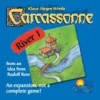







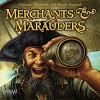





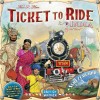
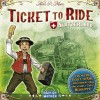
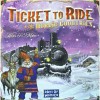
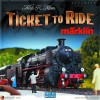






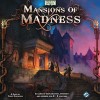
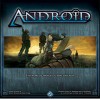


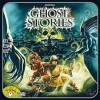


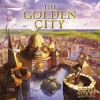

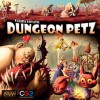





Forbidden Island
Overview
The aim of the game is to find four ancient artifact on a sinking island and then manage to get out of the island in time before it sinks completely. On a player’s turn you will execture actions – you have the option to move, give your artifact cards to another player, get an artifact (if you have 4 of its cards) or fortify the tile you are standing to prevent it from sinking. After that you will randomly draw two artifact cards and several tiles of the island from a stack and those tiles will sink. That’s basically about it.
Components
Well, it’s a matter of personal taste, but most of the people I play with say that the art on the tiles is very nice. The artifacts though – they actually look like pieces of treasure – big plus here. Other than that, the game has around 100 cards which are standard for what you would expect in a modern boardgame.
Impressions
I must admit I have a problem here. Forbidden Island is a really good gateway, its extremely easy to explain and the co-op nature of the game makes it even more suited for newcomers. On the other hand it is simple to the point of being simplistic. I don’t really find any reason to come back to if after two plays, other than bringing new people into boardgames. Imagine basic Pandemic (which is simple in itself) and then make a game twice as simple and here you have Forbidden Island.